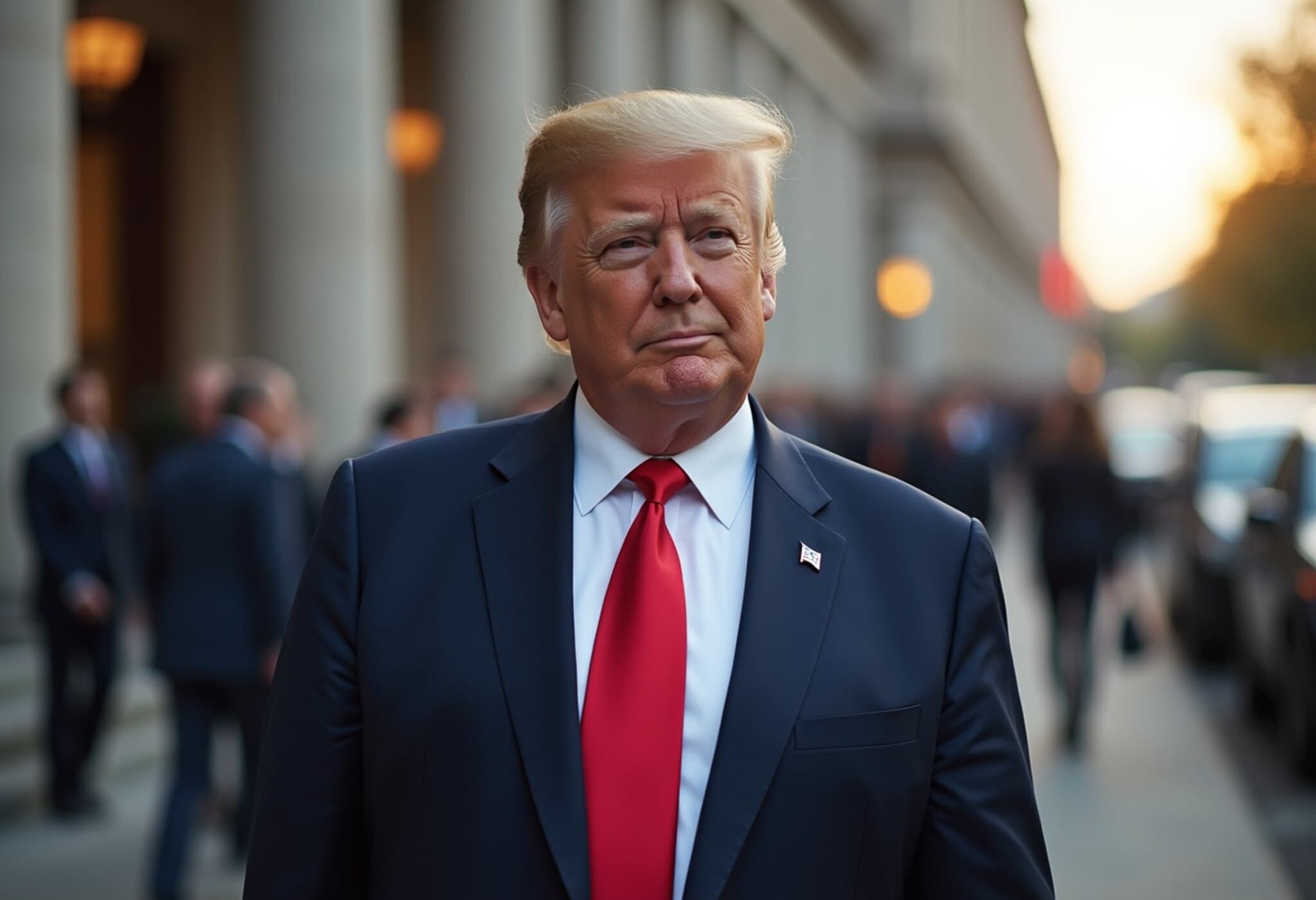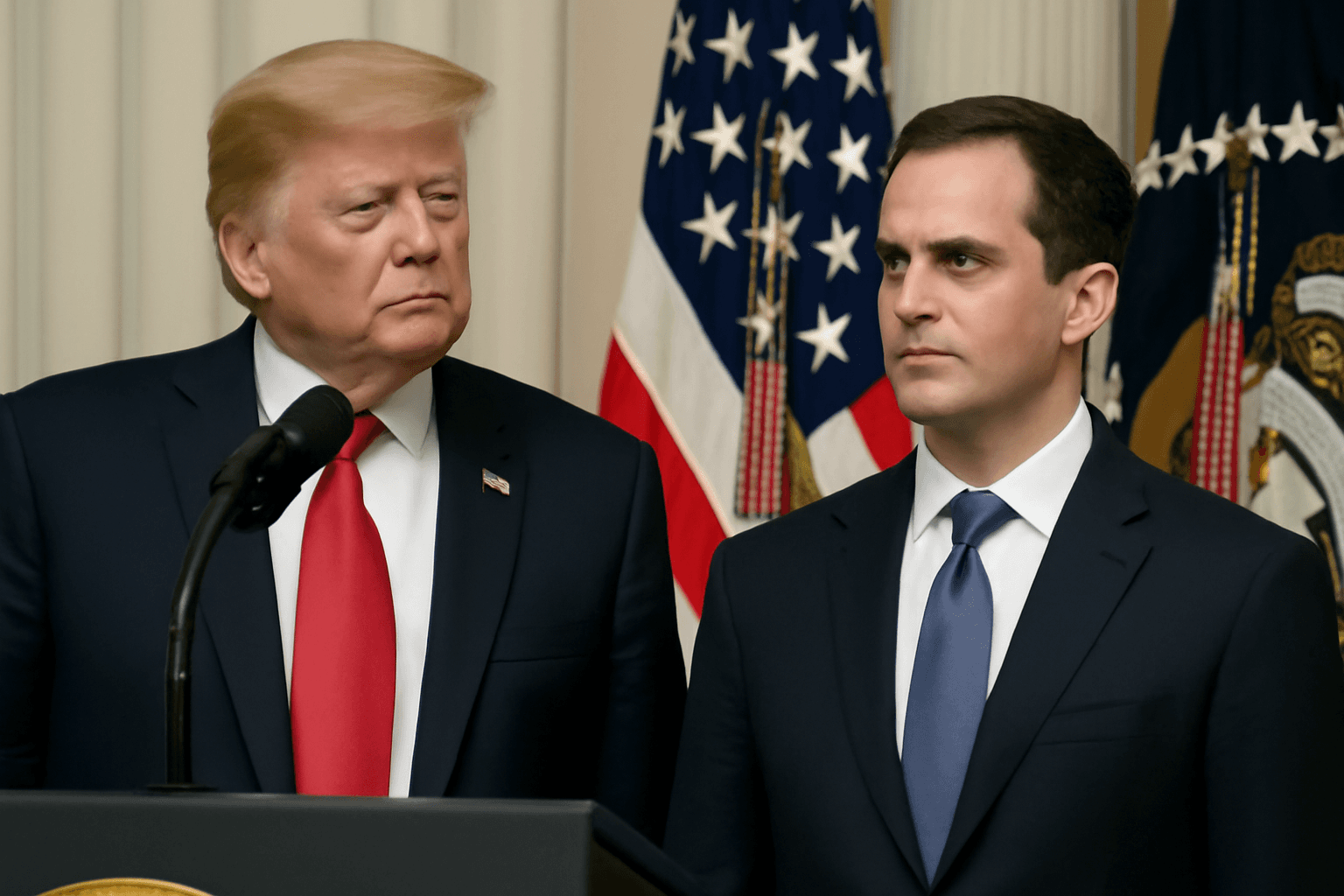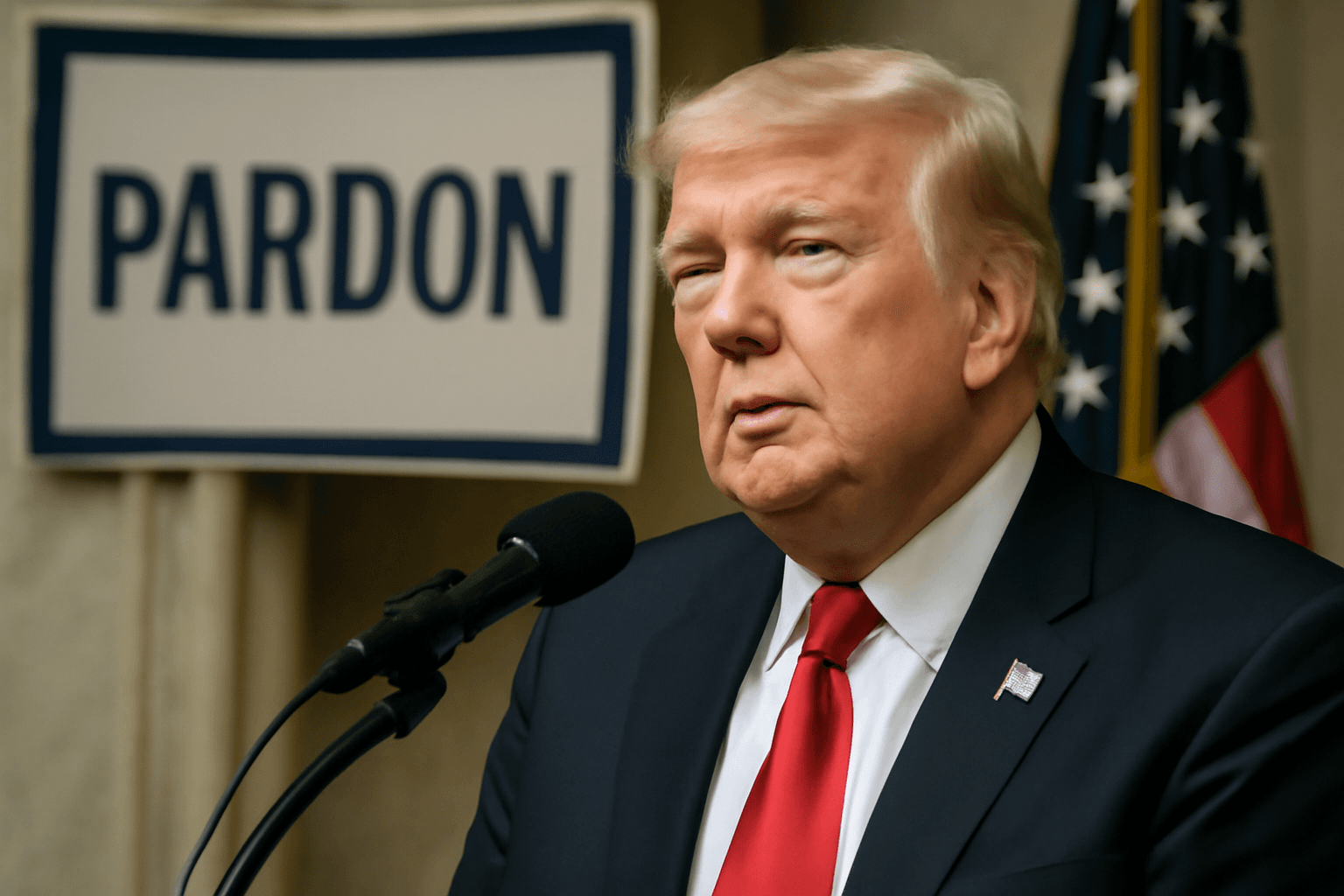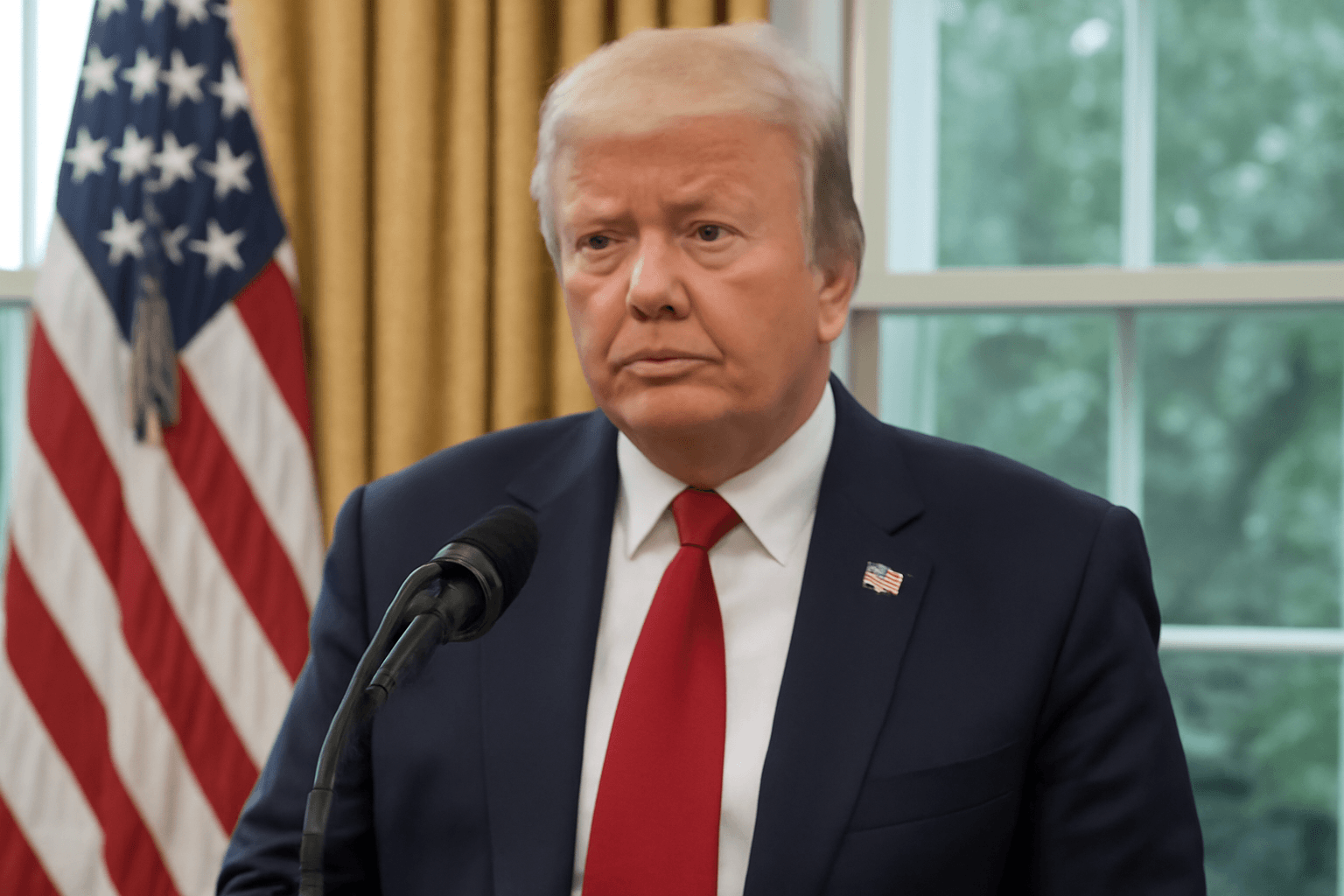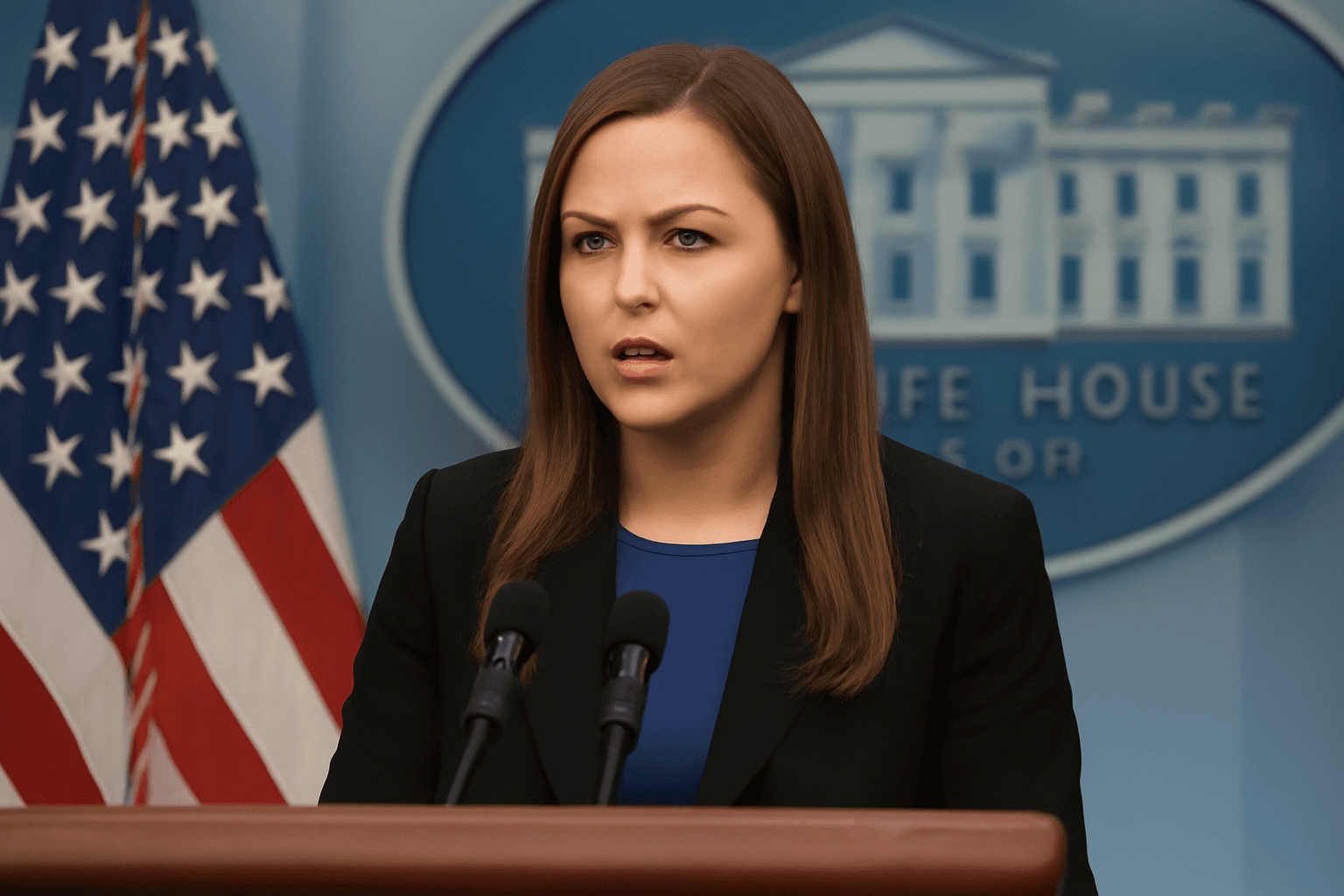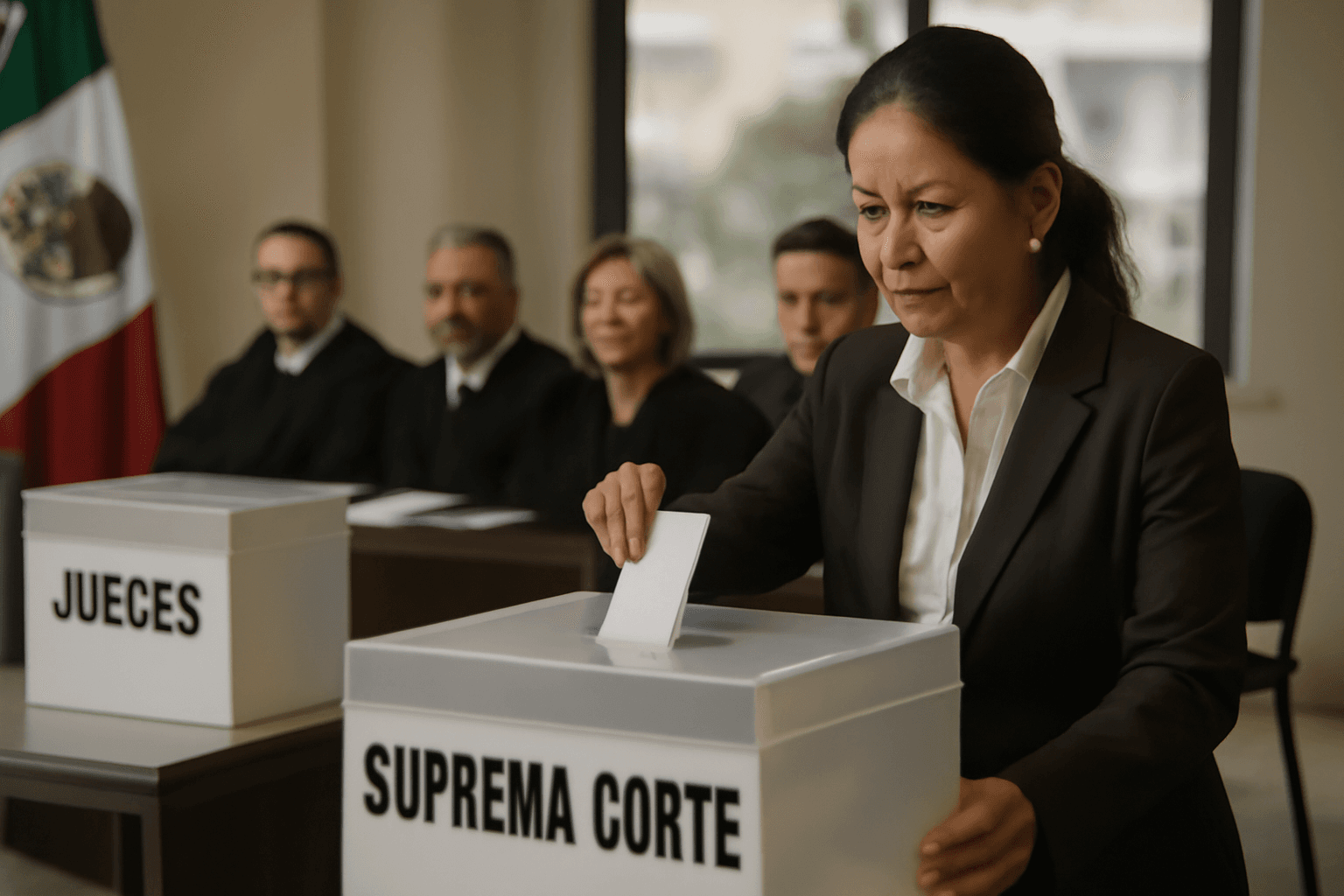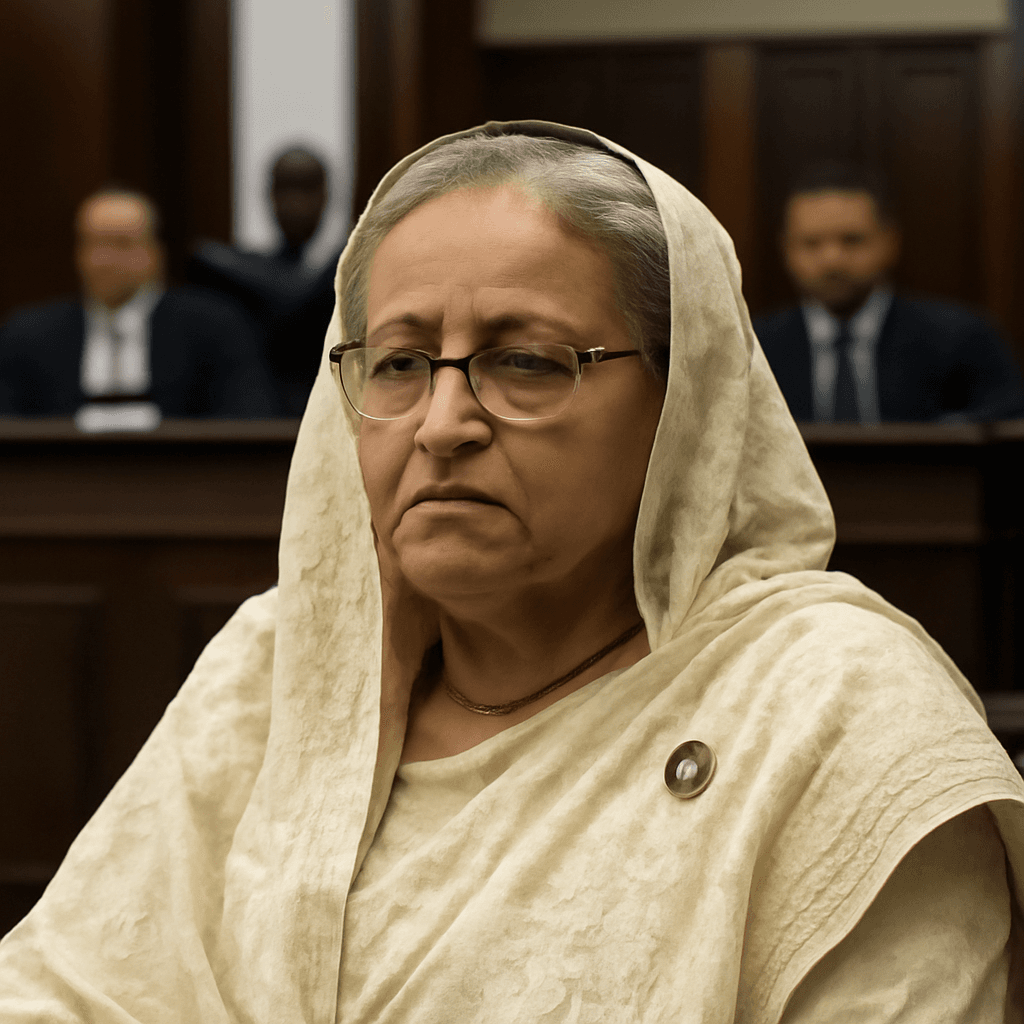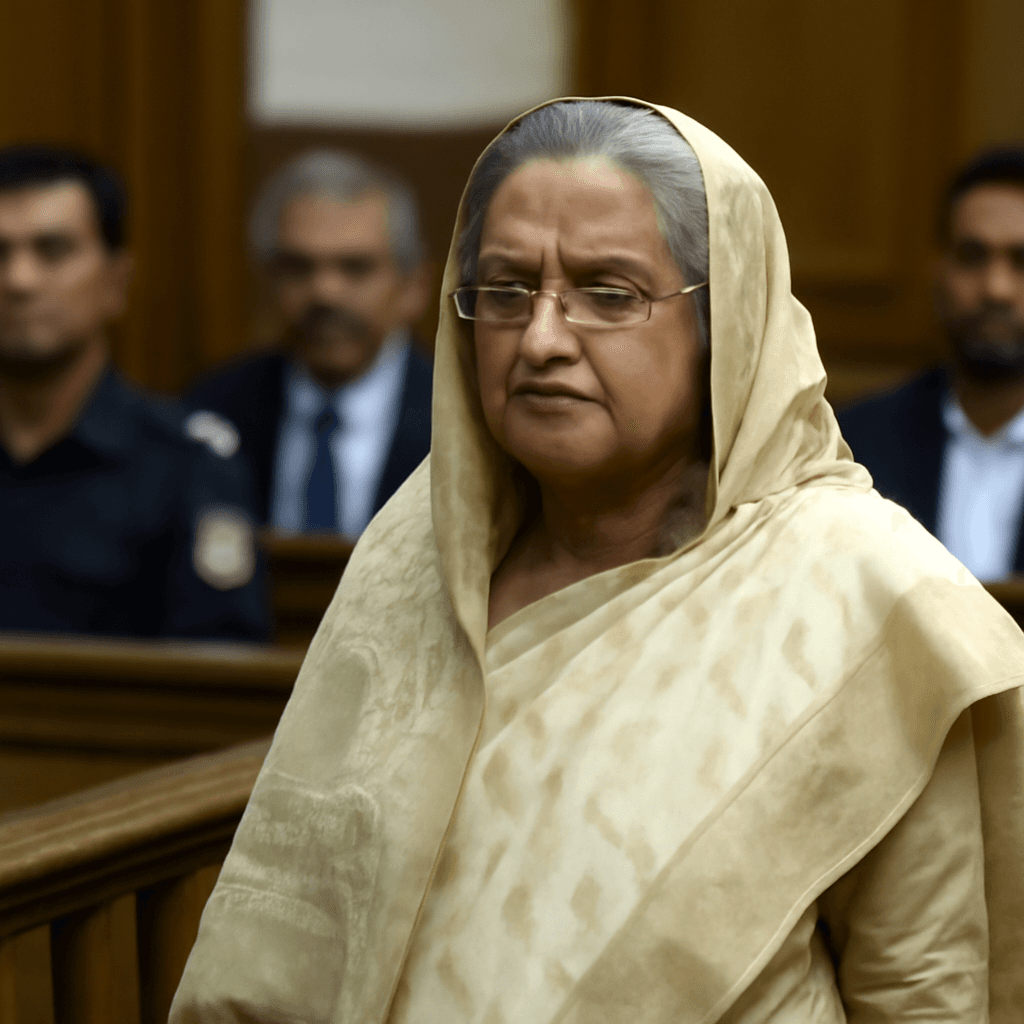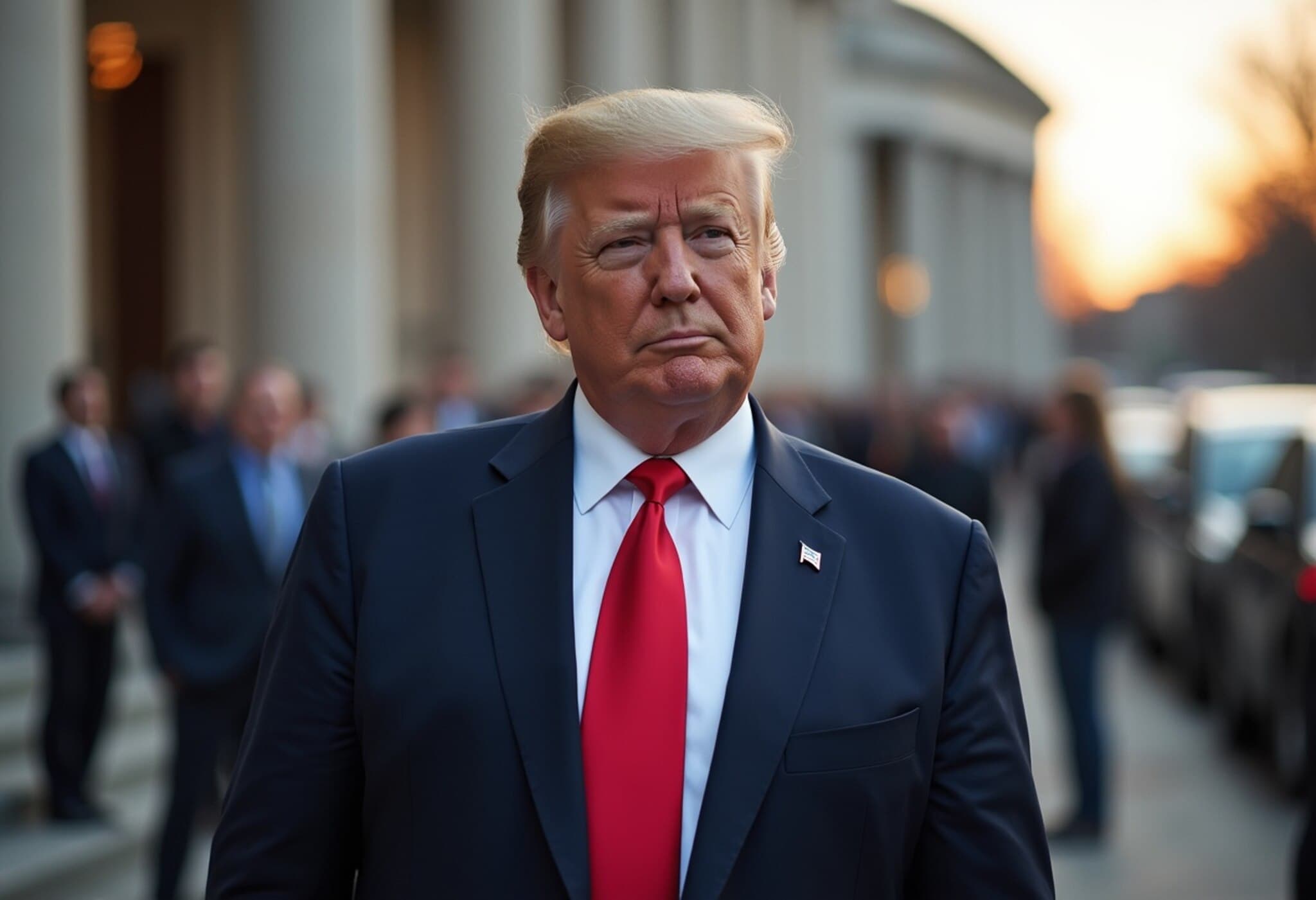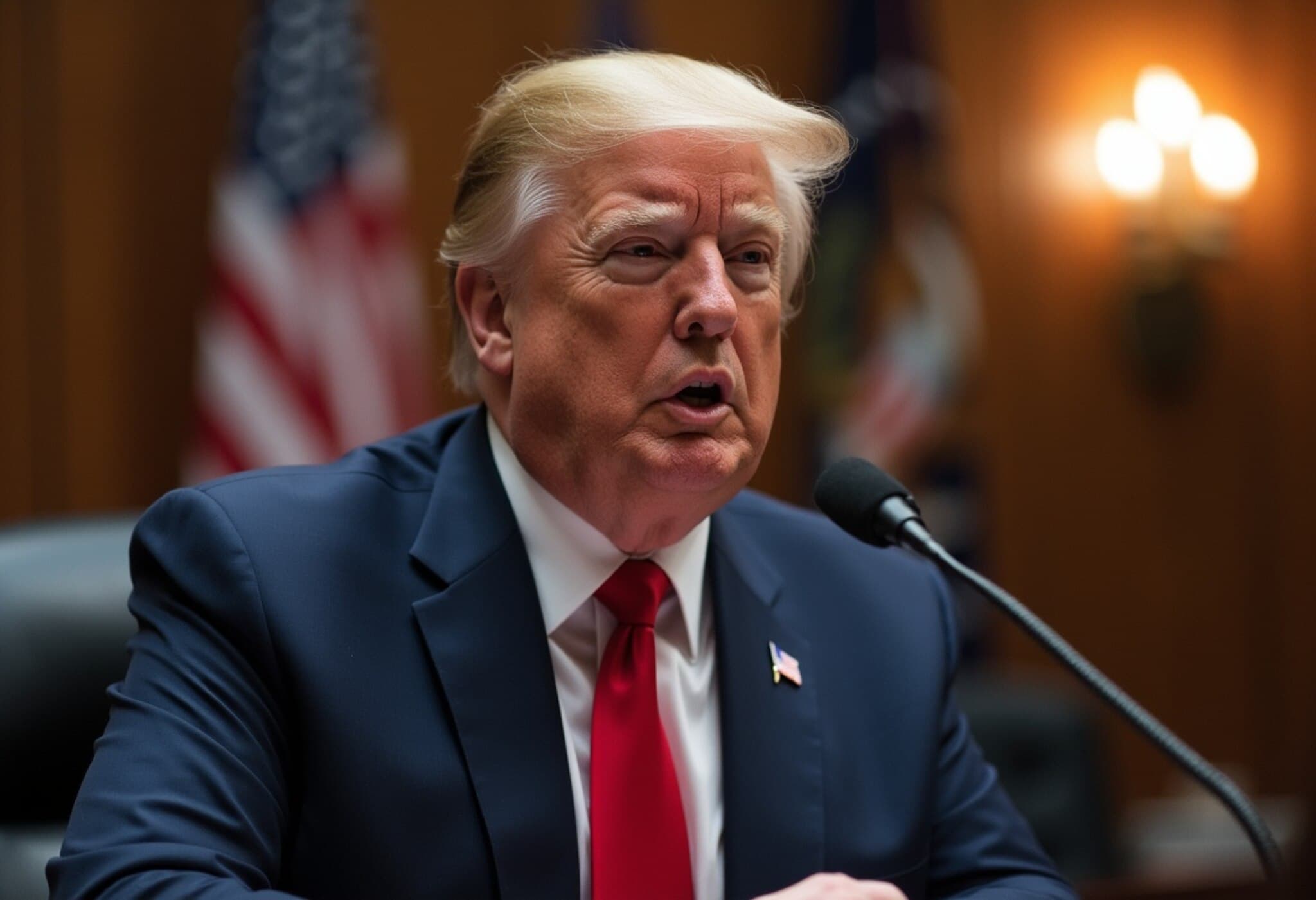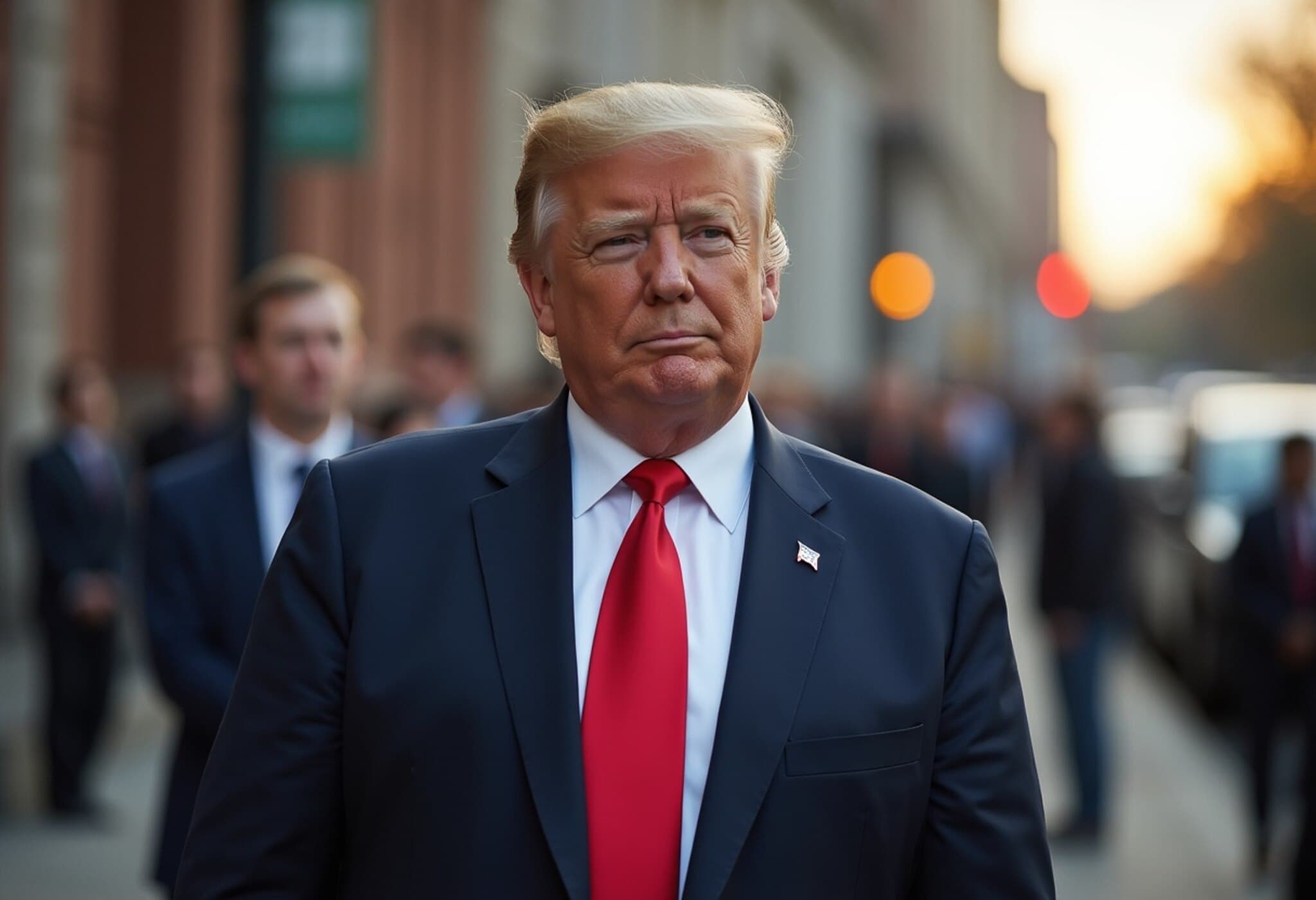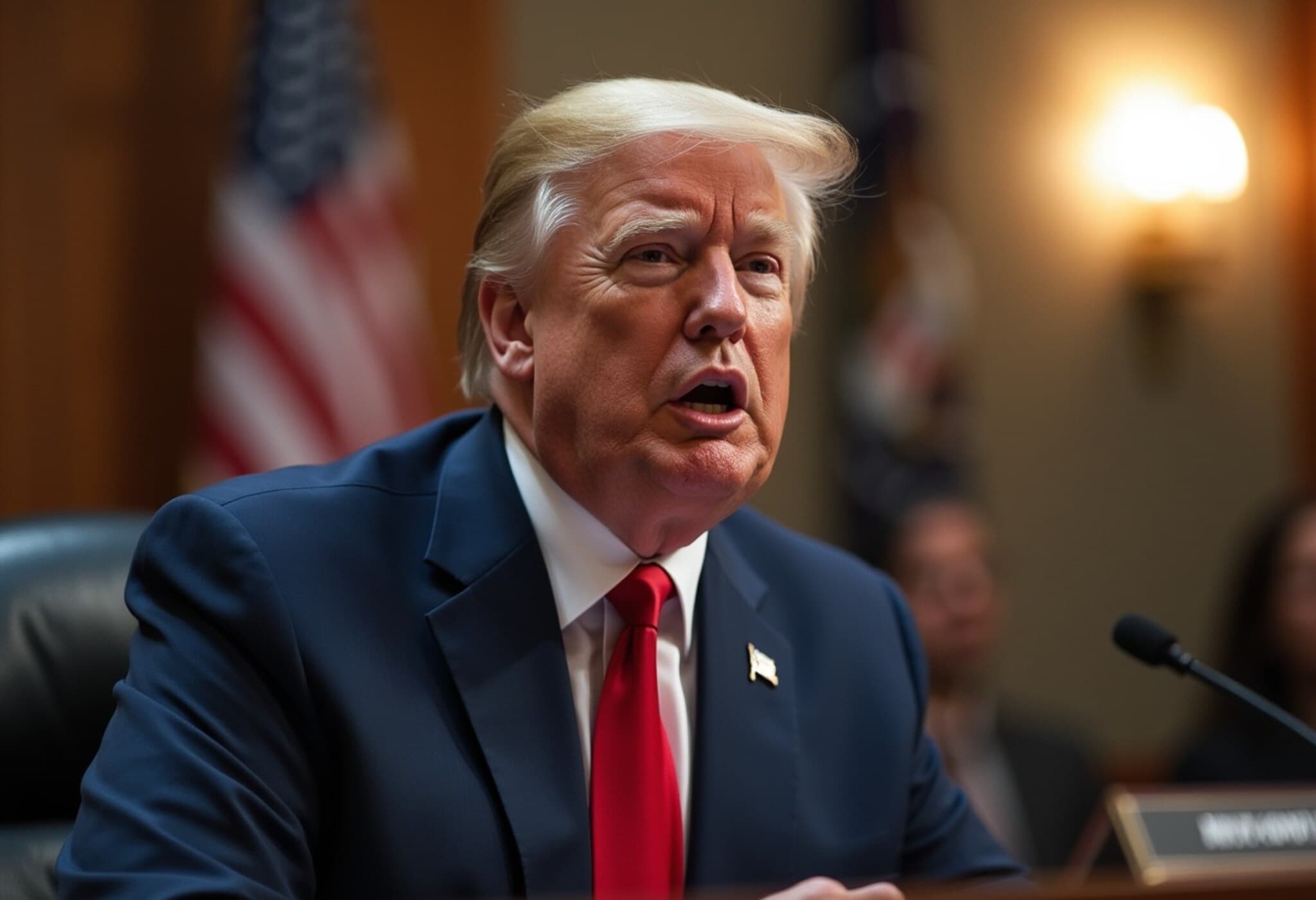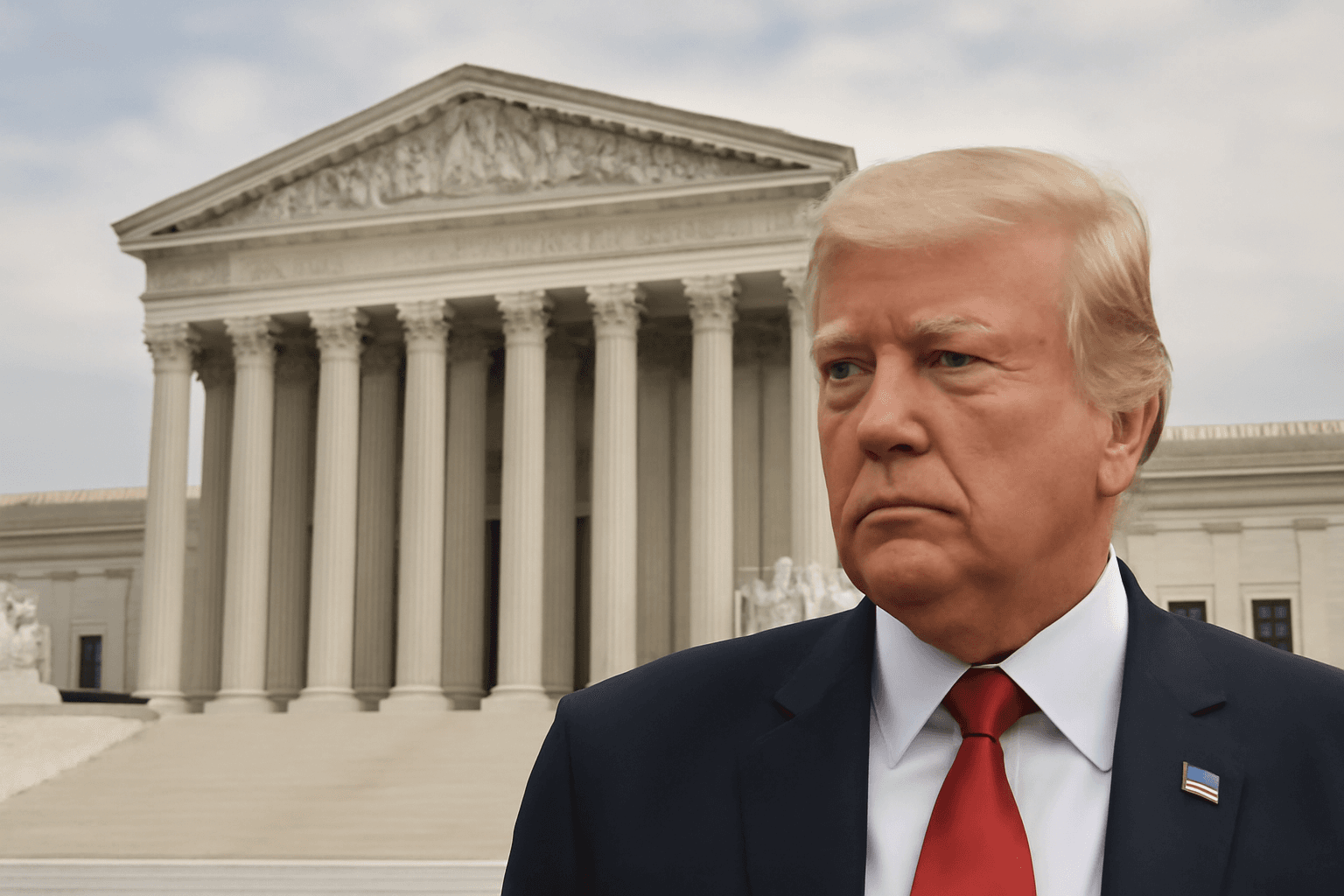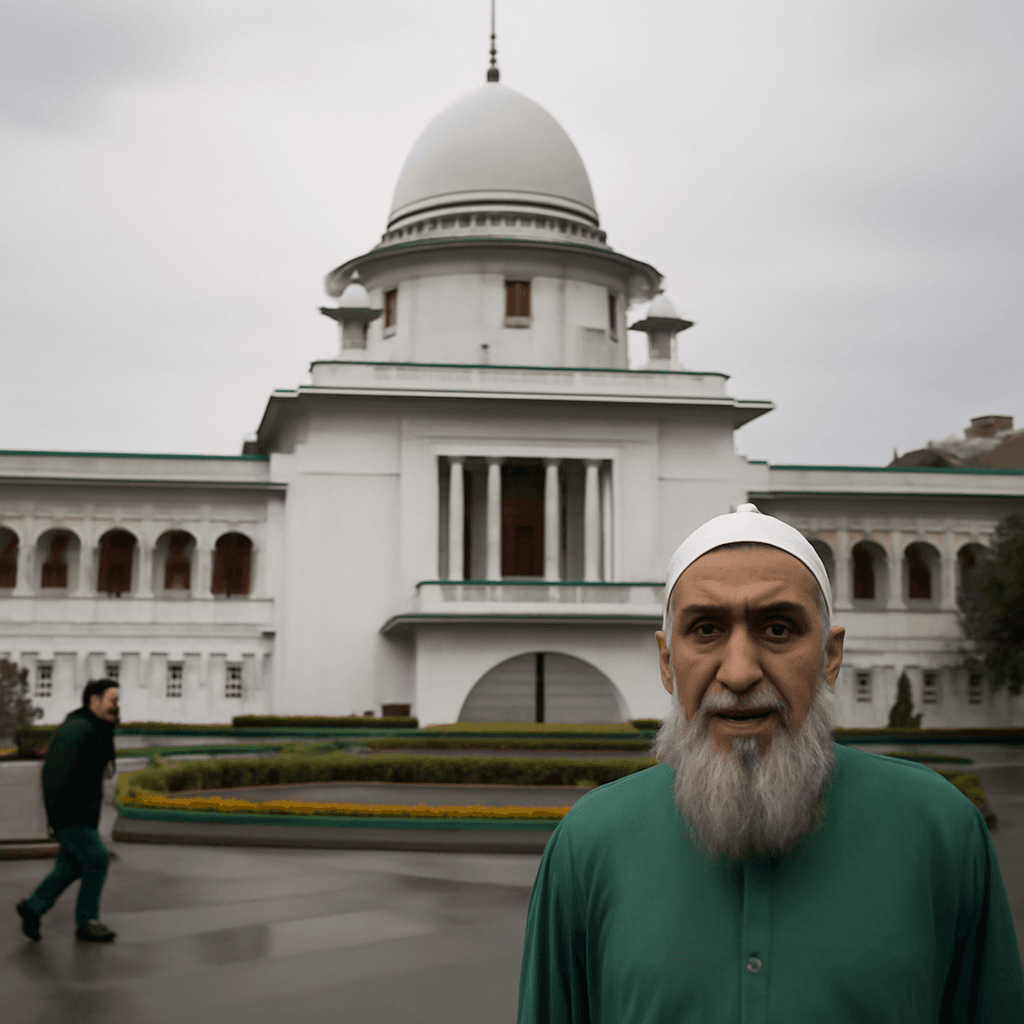Supreme Court Greenlights Trump Administration to Proceed with Education Department Layoffs
On Monday, the U.S. Supreme Court lifted a federal judge's preliminary injunction, permitting President Donald Trump's administration to move forward with laying off nearly 1,400 employees at the Education Department. The decision marks a significant moment in the administration's broader effort to dismantle or drastically restructure the department, fulfilling one of President Trump's longstanding campaign promises.
Background: Legal Battles Over Education Department Downsizing
Earlier, U.S. District Judge Myong Joun of Boston issued a preliminary injunction to halt the layoffs, expressing deep concerns about the implications for the department's ability to function. In his ruling, Judge Joun warned that the layoffs "will likely cripple the department," signaling the potentially severe impact on the agency’s operations and the broader federal education landscape.
However, a federal appeals court declined to pause the injunction while the Trump administration appealed the decision. This ultimately led to the Supreme Court stepping in to temporarily stay Judge Joun’s injunction, allowing the layoffs to proceed while the legal challenges continue.
Supreme Court Composition and Dissent
The Supreme Court ruling was not unanimous. The three liberal justices dissented from the decision to stay the injunction, highlighting ideological divides within the court on the issue of executive authority and administrative downsizing. Their dissent points to continuing debates about the limits of presidential power, especially concerning federal agencies’ operational integrity.
Implications: What This Means for the Education Department and Beyond
- Operational Challenges: The layoffs risk hindering the department’s ability to deliver on its mission, from managing student loans to enforcing civil rights protections in education.
- Political Symbolism: Dismantling or shrinking government agencies has been a key promise of the Trump administration, and this move underscores the administration's commitment despite judicial pushback.
- Legal Precedent: The Supreme Court’s decision sets a precedent on the executive branch’s power to alter federal agencies’ workforce amid ongoing judicial reviews.
- Impact on Federal Workforce: Nearly 1,400 federal employees face the immediate uncertainty of job loss, highlighting broader concerns about job security and morale within federal government agencies.
Expert Analysis: The Broader Context
From a policy perspective, the Education Department plays a crucial role in shaping U.S. educational standards, student financial aid, and civil rights enforcement. Experts warn that diminishing its capacity could have ripple effects, especially for vulnerable student populations.
Additionally, legal scholars note that the case exemplifies the tension between the judiciary’s role in checking executive actions and the president’s authority to manage federal agencies. It raises fundamental questions about how much discretion the executive branch holds in restructuring or scaling back federal institutions.
Looking Ahead: What to Watch
- The ongoing legal proceedings will determine the ultimate fate of the layoffs and the department’s future structure.
- Congressional responses or interventions could influence funding and oversight related to these changes.
- Public and advocacy group reactions, especially from education stakeholders, could put pressure on policymakers.
Editor’s Note
This Supreme Court decision carries profound ramifications beyond a single agency's staffing. It touches on the delicate balance of power among branches of government, the politicization of federal institutions, and the human impact on thousands of federal employees and millions of students nationwide. As the legal battle continues, it is essential to keep a close eye on the evolving interplay between executive ambitions and judicial checks in shaping the future of American public education policy.

